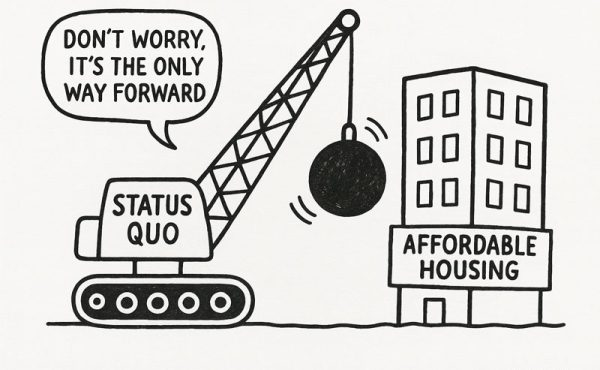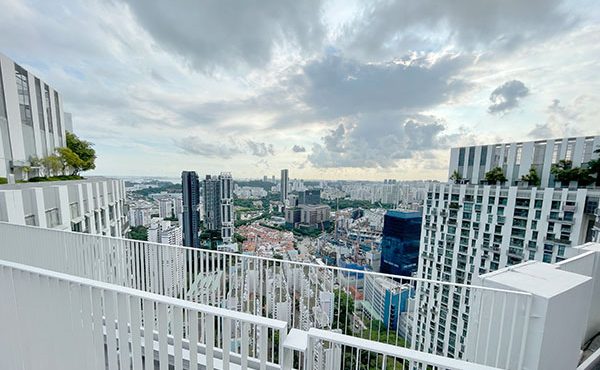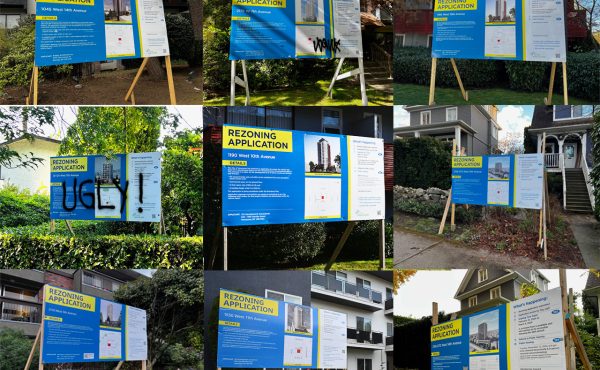

Given our ecological pressure and current drive towards urbanization, seeking to reevaluate the divisive relationship between the built world and nature seems to be of the upmost importance. Hatje Cantz’s newest title contributes to how this can occur in (re)Designing Nature: Current Concepts for Shaping Nature in Art and Landscape Architecture.
Authors: Susanne Witzgall, Florian Matzner, and Iris Meder (Hatje Cantz, 2011)
Reviewed by Erick Villagomez, re:place Magazine
The relationship between nature and the the built world has changed dramatically over the ages. In fact, the rise of humanity has gone hand-in-hand with the use, cultivation and alteration of nature. Of course, the degree to which the latter has occurred has ranged according to the environment, the technology available as well as the practicing culture. In this way, how we’ve shaped – and continue to shape – the natural environment tells us something about the values we have towards nature and our understanding of it.
This relationship seems to have reached a pivotal point in recent times, as our technological prowess in combination with a cultural system that has severely separated nature and built landscape has had dire ecological consequences and resulted in a questioning of the merits of our cultural beliefs. This movement spurred the creation of (re)Designing Nature: Current Concepts for Shaping Nature in Art and Landscape Architecture.
As a published companion to the exhibition developed by Susanne Witzgall in collaboration with Florian Matzner and Iris Meder, the book looks at several recent projects by artists and landscape architects that speak to a fostering a new relationship to nature in the urban context.
The structure of the book is simple and breaks up into the content into three large sections. The first discusses the motivations behind the creation of the exhibit and and introduces the broader themes within the book. This includes a short foreword by the Joachim Lothar Gartner (President of the Society of Fine Artists, Austria) and Peter Bogner (Director of Kunstlerhaus, respectively) and a very brief piece called Vital Matter by Maria Aubock that give context to the concept of (re)designing nature.
The first section ends with an interesting and slightly longer essay by the authors – Three Strategies and Five Arguments – that discuss the important role of design as it related to nature. This is done in reference to a quote by French sociologist and philosopher Bruno Latour that states: “….I would argue that design is one of the terms that has replaced the word ‘revolution’! To say that everything has to be designed and redesigned (including nature), we imply something of sort: ‘it will neither be revolutionized, nor will it be modernized.’
The second section – Essays – consists of three provocative pieces – The Orchestration of Nature in Urbanism, City, Art and Nourishing Gardens, and Freeloading Guests and Serviceable Companions: Parasitical and Symbiotic Strategies in the Current (Re)Desiging of Nature. Although the third essay is quite academic, each one is very well written and do an excellent job of speaking to the current projects occurring around the globe as well as those specifically included within the book. As is common within books of this kind, many images are included speak to the content of the text.
The final section houses the 27 projects that made up the exhibit. Ranging in size and scope, the designs chosen offer readers a wonderful and diverse set projects that engage nature in different ways. From Paula Hayes’ Living Necklace – – to Latz + Partner’s Ariel Sharon Park – – and James Corner Field Operations/Diller Scofidio + Renfro’s High Line in New York, the group included in the book gives readers no shortage of interesting work – both well-known and otherwise. As one would expect, each project is accompanied by a short write-up and images.
Although there is nothing by way of conclusion – something that I always valuable to include – the significance of this book lies more in the timeliness of the subject and diverse cross-section of projects gathered in one book. That the vast majority of the writing is a successful balance of easy accessibility with a supporting academic references, makes it all the better. The target audience of the publication – landscape architects, artists, and urbanists – will surely find it a refreshingly easy book to engage relative other similar books that tend to saturate essays with incomprehensible jargon and philosophical quotes.
Overall, (re)Designing Nature is a book that does its duty in provoking thought about our the relationship to nature and the urban environments within which we live. It will no doubt inspire those who read it.
***
For more information, visit the Hatje Cantz website.
**
Erick Villagomez is one of the founding editors at re:place. He is also an educator, independent researcher and designer with academic and professional interests in the human settlements at all scales. His private practice – Metis Design|Build – is an innovative practice dedicated to a collaborative and ecologically responsible approach to the design and construction of places.




2 comments
Great post, looks like a fantastic book. Very interested in the works of Latz + Partners and the High Line.
Thanks Jon,
I really enjoyed the book…it’s definitely worth a look.
E